PANEL ANTENNAS
WiFi Panels are another option in the world of wireless directional antennas. This type of antenna, especially our design, is meant to look more professional and be a much sturdier antenna. The functionality is the same as any other WiFi antenna. It is tuned to receive or transmit the 2.4 GHz WiFi signal and under the hood of our antennas we have 4 patch antennas working together to have a lab tested gain of 14.5 dBi (decibel isotropic) rating. As a rule of thumb the higher the dBi gain rating the more distance it covers. Our panel for example had a narrow 35 degree coverage cone which allows it to cover a distance of up to 4 miles in our outdoor version. Most panels on the market are able to withstand more of nature elements compared to its cousin the Yagi. Its housing design and patch antenna interior allows it to even withstand the hurricanes that come through our factory in Miami, FL.
Use with routers (transmitting signal):
- Make sure the proper connectors are in place. Most routers use a TNC RP.
- When pointing the signal indoors the best location is a corner room and point in to radiate the signal within the home as much as possible. Remember that your receiver will not “see” the signal if outside of the cone.
- When transmitting a signal outside the home the cable configuration needed on the antenna side is an N-Male since the antenna has an N-Female connector.
- Place the antenna as high as possible but also with the shortest cable length needed to obtain a clear line of site.
Use with USB adapters and receivers (receiving signal):
- Make sure the proper connectors are in place. Most Adapters use an SMA.
- Be sure to point in the direction the signal is coming from.
- Obtain the clearest line of sight possible.
- With the indoor tripod version of our WiFi Panel incorporate the use of USB cable extensions with the adapter before using coaxial cable to obtain best positioning. Do not exceed 15ft of USB cable length.
- Outdoor antennas require patience to obtain the best signal quality and strength. Point and refresh your available networks menu in different directions to obtain the best angle.
- Always use the shortest and thickest cable possible.

 (305) 798-8505
(305) 798-8505
